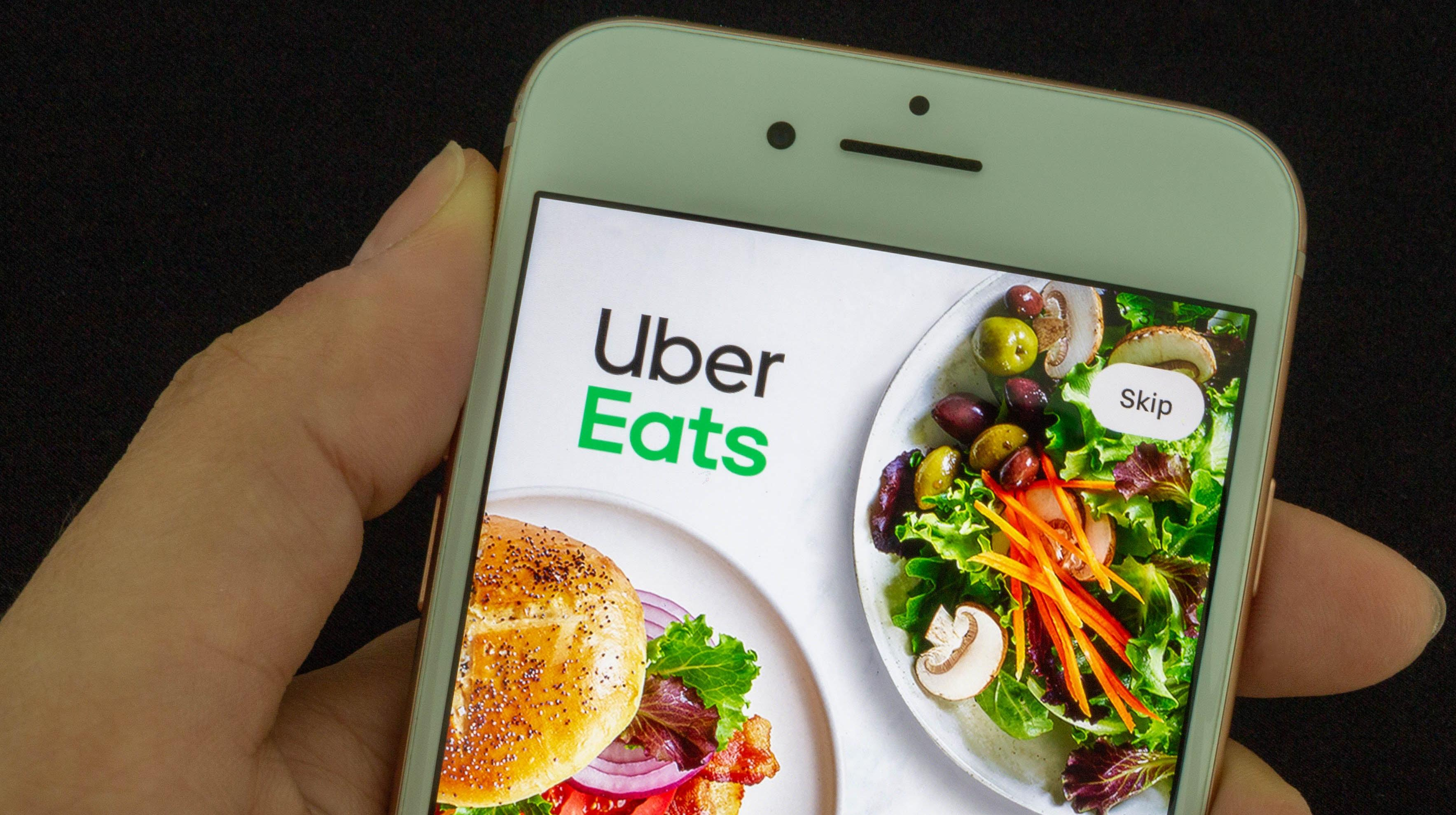Your Favorite Restaurant Could Be Coming To Uber Eats
The third-party delivery service is making its services more accessible to more restaurants.
When Uber Eats started in 2015, it looked very different from the delivery service we know now. During the app's San Francisco debut, service was only available in the city's financial district from 11 a.m. to 2 p.m. but all deliveries were promised within 10 minutes or less. SF Gate reported at the time that the restaurants participating were also limited, each presenting signature dishes to be included on their menu as part of the launch.
Since then, the service has steadily grown, and in 2020 the pandemic helped the app spike even more—Forbes reported that the company saw a 30% increase in users and an influx of new drivers. And now a new program will bring even more restaurants to the platform.
What Uber Eats’ new initiative means for restaurants
In the past, if restaurants wanted their menu featured on Uber Eats they would need to fill out an application on the Uber Eats site and then choose from a variety of plans, each offering different levels of perks and services like ads and promotions in the apps and placement on the site. But now, any restaurant that already uses point-of-sales systems Toast or Clover can sign up for Uber Eats directly through those apps, Restaurant Business reports.
Not only is the signup integrated into the POS system the restaurant already uses, but Uber Eats orders will be too. The way it works now, any restaurant that uses one or more third-party delivery services has to manage those orders on each separate platform other than their own POS or order-tracking systems. Juggling several different apps is likely to cause orders to fall through the cracks, and details like customizations or notes on dietary restrictions are more likely to be overlooked. With Uber Eats' new initiative, all orders going through the kitchen and front of house will look the same and come from the same source.
According to Restaurant Business, more than 200,000 restaurants use Clover and more than 68,000 use Toast, so that opens up the possibility of nearly 300,000 more restaurants to be available via Uber Eats. What is not clear is what the cost of this will be to both restaurants and customers. Back in 2020, we learned about several hidden fees baked into third-party delivery services that can cause markups of up to 91%. Restaurants have to pay commissions to third-party delivery companies, and while cities like Chicago have that commission capped at 15% per order, even that amount takes a meaningful chunk of profits away from small businesses.
Until we know for sure what the pay structure is, this initiative could be a double-edged sword. Yes, more restaurants will gain more exposure and get more business via delivery, but at what cost? Uber Eats claims in Restaurant Business that the company came up with this system by listening to the needs of restaurants and making things easier for restaurant owners. Let's hope Uber Eats keeps listening and makes the model financially viable for all.
